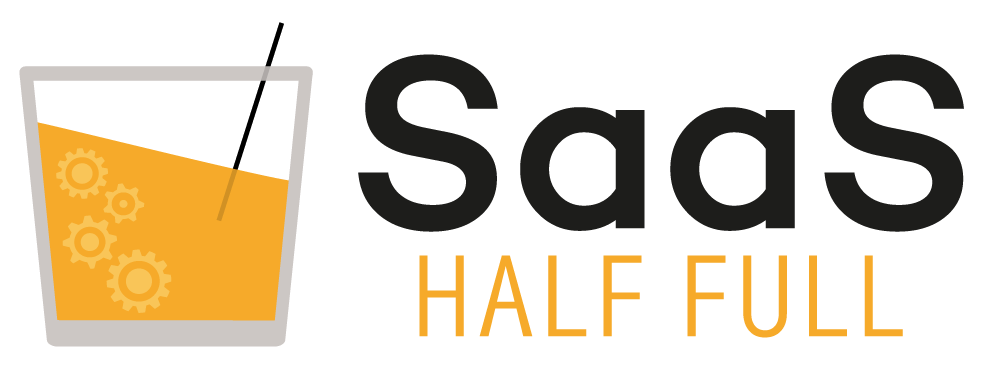In this episode of SaaS Half Full, host Lindsey Groepper chats with Justin Schmidt, VP of Marketing at Capacity, about the mistakes most SaaS marketers make in building their MarTech stack and how it should all begin with one thing — your customer journey map.
Whether you are a scaling company building out your MarTech tools for the first time, or a seasoned marketer with more tools in your stack than you can count, Justin walks through how to take inventory and build an efficient and affordable MarTech stack.
MarTech Stack Impulse Purchase Mistakes
Justin shares a common occurrence among all levels of SaaS marketers — something that he has fallen victim to as well — called impulse MarTech stack purchases. He compares it to getting in the checkout line at Target with the essentials in your cart, seeing the shiny object at the register and buying it because the person in front of you purchased it.
It’s falling into the trap of FOMO or buying a tool just because the cool kids have it, not because it will benefit your business. Justin knows marketers love to experiment with new tactics, but that doesn’t always mean purchasing a new system to implement those strategies.
“I think a lot of marketing teams today are buying technology for an immediate need, rather than mapping their MarTech operations to the customer journey that they’re trying to usher through,” said Justin. “It’s really thinking about not only the customer journey but also what’s the job design and team design and what tools do I actually need to manage this.”
Consequences of MarTech Impulse Purchases
Justin recognizes that if you don’t look at the full picture and the operations side of MarTech purchases, it can cost you time and money.
“If you don’t go shopping for marketing tools according to what you need at each stage and don’t map it out, you end up in this position where you take a step back, and you look at all the extra steps that you’ve created along the way, and now you’ve got this Byzantine pile of cooked spaghetti mess of how everything’s connected and integrated with each other,” said Justin.
Justin knows collaborating with the entire marketing team and getting input from all members can help streamline the process to avoid creating unnecessary work or expenses for the company.
“I think you have to have your marketing operations people in the meeting when discussing match purchases,” said Justin. “I think at least every constituent needs to understand their place and their domain within that journey. If you don’t have one of those constituents, you’re going to miss something.”
How SaaS Marketers Can Avoid MarTech Impulse Purchases
The first step Justin suggests for any startup or seasoned marketer is to look at their own personal journey map. It’s important to know the customer journey that is unique to your business because it gives the marketing team the foundation to buy the right tools that impact each stage of the journey.
“I think a lot of CMOs get done with the journey mapping part, just from the customer, because that’s the sexy part of marketing,” said Justin. “They pat themselves on the back and move on to the next thing. Then, they tell their operations team to figure it out, but it would be a lot easier if they thought this through in the beginning.”
The second step is to look at who on your marketing team, or what potential new hire, can operate the systems you need to implement the customer journey mapping tools.
“If you have your customer journey map at each stage, you should be able to say, ‘These are the strategies to engage people at this stage,’” said Justin. “Then, these are the tactics we’re going to use to attract and engage people at this stage, and these are the roles that are going to be responsible for that. Lastly, these are the tools they’re going to use, and this is how we’re going to measure success.”
Strategizing the entire customer journey is the key to finding an efficient and affordable marketing strategy that fits your SaaS company.
“If you just step back and diagram the thing out, you’ll find the places to optimize it,” said Justin.
For more of Justin’s insights, listen to Episode 312 of SaaS Half Full.
